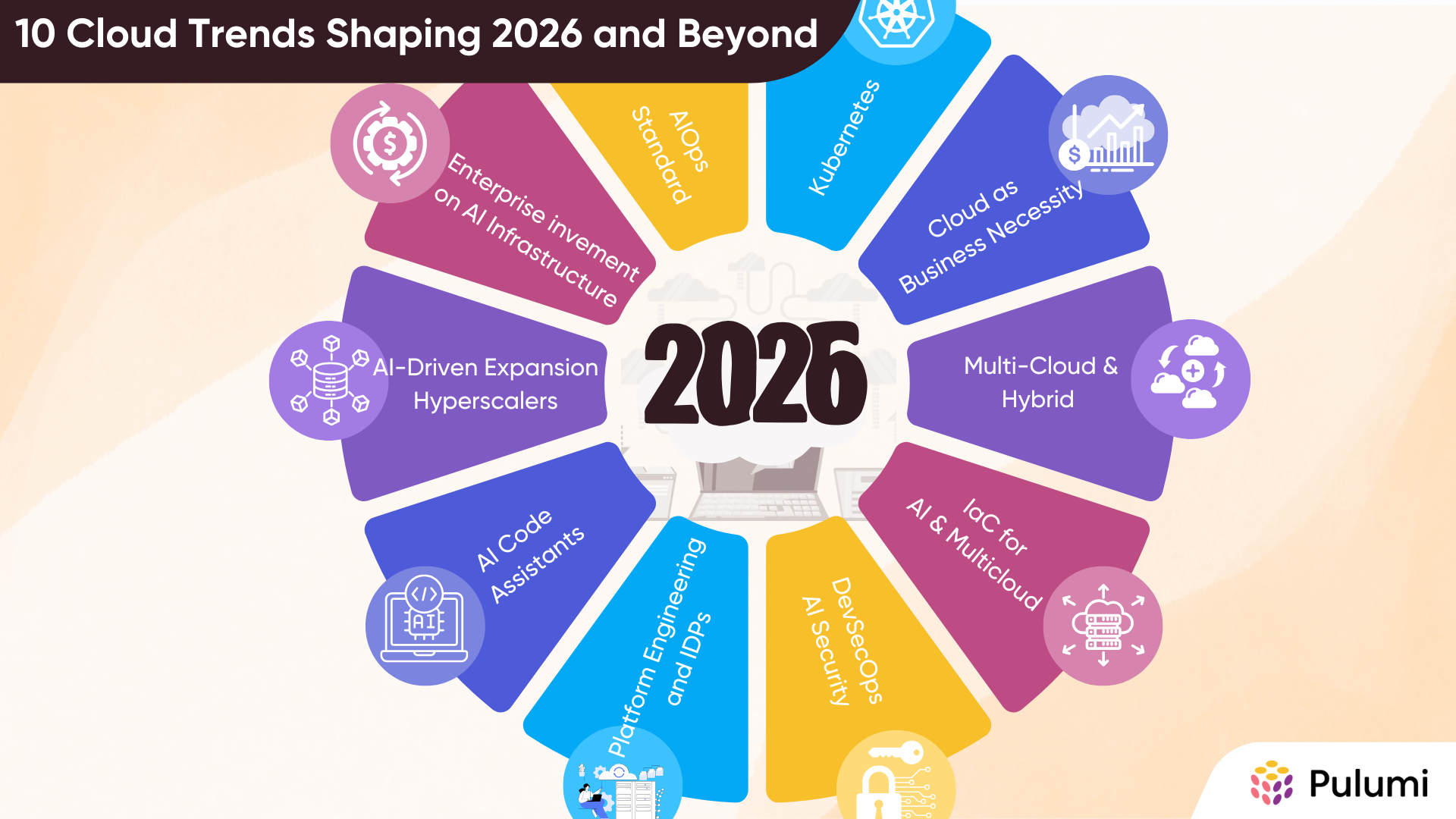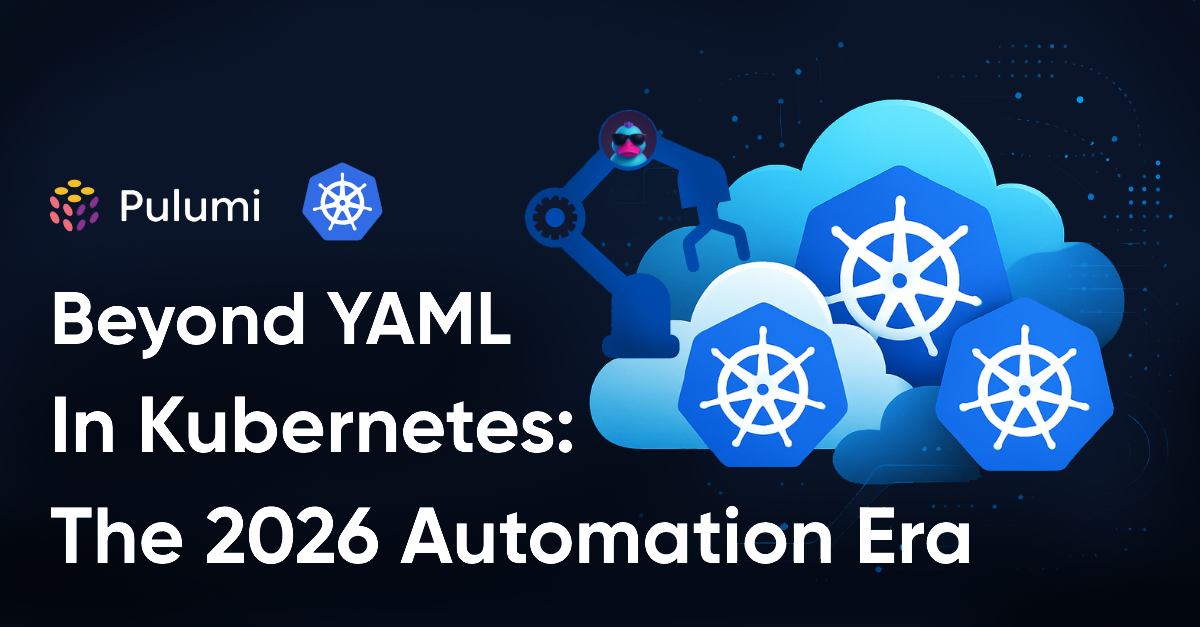From 'Works on My Machine' to Production-Ready: Building AI Agents with Amazon Bedrock AgentCore

Every developer building AI agents knows the gap between a working prototype and production deployment. Your fraud detection agent works perfectly on your laptop, but how do you deploy it with proper authentication, memory persistence, observability, and guardrails? This post walks through a complete journey from local development to production-ready AI agents using Amazon Bedrock AgentCore, the Strands SDK, and Pulumi.








